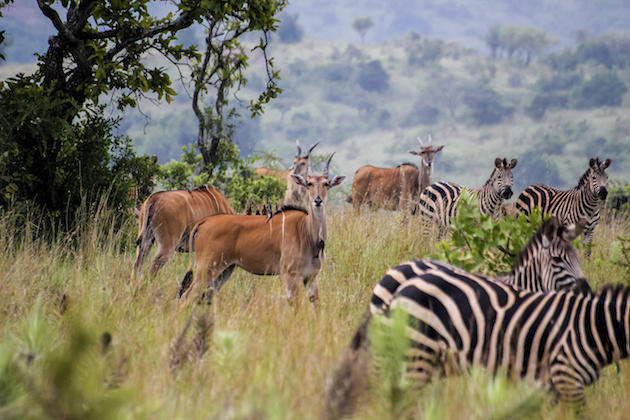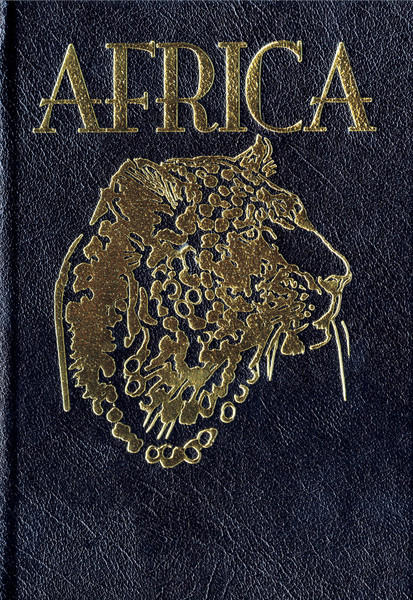Death is a near-constant in Rwanda. From the Rwandan Revolution of 1959, to the 1990 Rwandan Civil War, to the 1994 genocide of as many as one million people, it is a place where danger and destruction have reigned for decades. Animals have shared right along in the suffering. Many species, like the mountain gorilla, still exist in the country largely because three national parks—Akagera, Nyungwe, and Volcanoes National Parks—have served as conservation areas.
Even these safe-zones weren’t secure enough to save lions from becoming extirpated from the country. The last Rwandan lions were killed during the 1994 genocide as refugees fled to the parks to save themselves and scratch out lives in the wilderness. Lions were killed indiscriminantly to protect the refugees’ domesticated animals.
Over 20 years later, seven lions are making a comeback.
According to the Australian Broadcasting Corporation, five females and two males were flown to Rwanda from South Africa Monday. They will remain in quarantine for two weeks before being released into Akagera National Park.
The lions were removed from areas in South Africa’s KwaZulu-Natal province. The province had a cramped population of lions and needed to be thinned. The step beneficially redistributed the natural resource to Rwanda.

Akagera National Park is home to numerous species that may become prey for the new lions. Thinkstock/boggy22
To read the full article, visit abc.net.au.
To read more about lions, pick up a copy of Africa, a Sporting Classics collection of forty-one stories from the Dark Continent.
Subscribe to the free daily newsletter to have Sporting Classics stories delivered directly to your inbox!
Cover image: Thinkstock/Ingram Publishing


